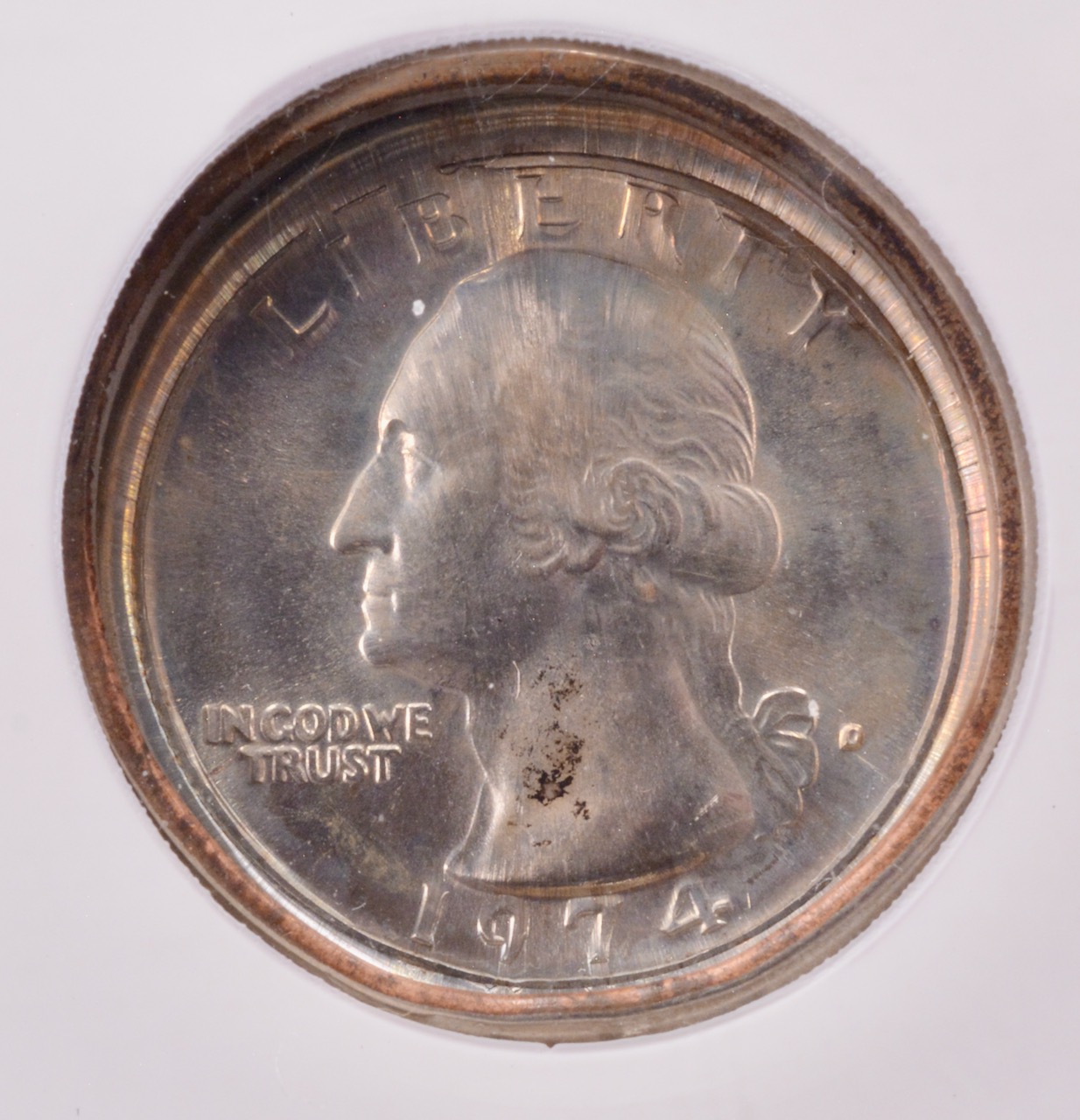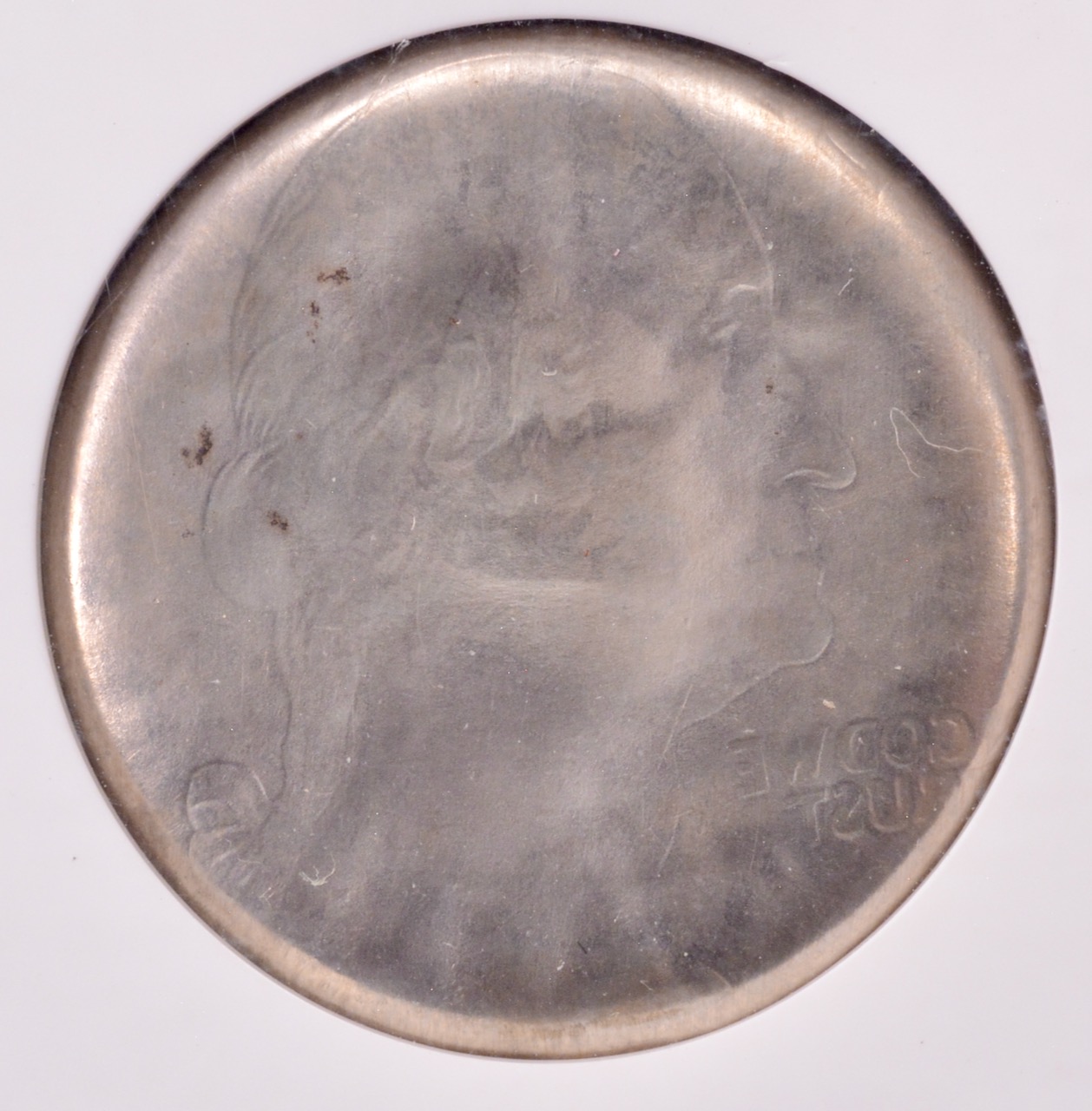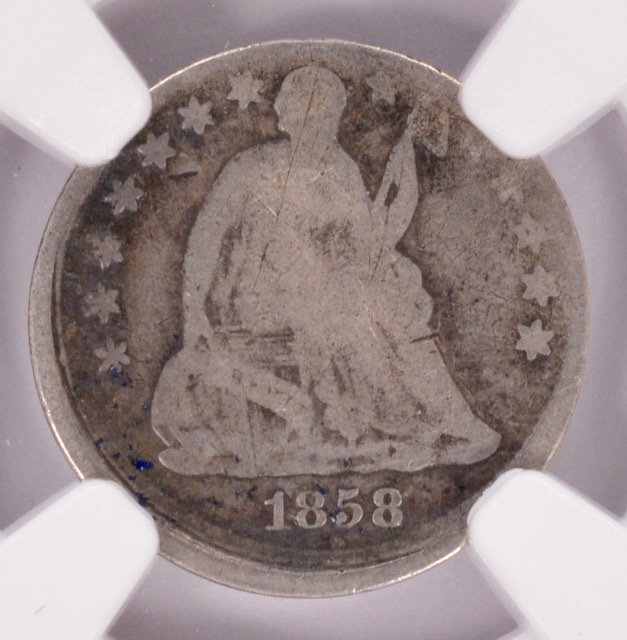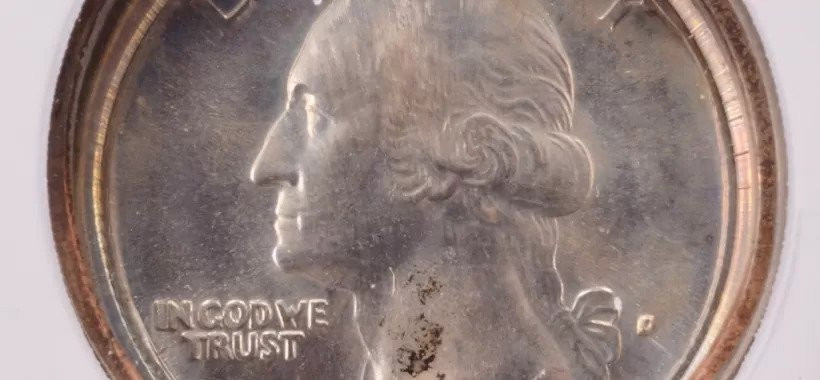Rare Error Coins Market Report February 2022
Posted by JonSullivan on Feb 8th 2022
Over the last few years, the coin market as a whole has been very active, buoyed by increased demand from collectors, high precious metals prices, and perhaps even Covid-19's effect of giving people in general more "home time" and therefore more time to focus on singular pursuits such as coin collecting.
Whatever the reasons, the coin market has been hot across the board, from regular U.S. coins, to mint errors, to extreme numismatic rarities. All have seen increased prices in many segments, with rare error coins hitting millions of dollars at auction of late, and less valuable coins still selling for much more than they did 3 years ago. It's been amazing to watch the coin market over the last few years. Buyers are acquiring coins and generally holding on to them (making it difficult for sellers to buy anything.) Sellers are generally short on coins, and eagerly searching for quality material, and buyers are eagerly searching for coins and bidding against each other in auctions, driving prices even higher.
So is this a "bubble" in the market? Coin prices are driven by demand, and not by rarity, grade or anything else. Sure, those effect value when there is demand, but at the end of the day, coin's are only worth more than their face value because collectors compete with each other to acquire them, which pushes prices up. The coin market today has a lot of collectors chasing coins, and although some coins will doubtless drop in value in the near future, many will probably not because collectors are actually buying coins to put into their collections--they are buying coins because they want them, and that's unlikely to change in the long term. In other words, it is not (from what I can see) investors or speculators driving prices up, but simply collectors wanting coins for their collections. Prices are always going up and down, and right when prices seem to be "high", several years later we look back and say "boy, that coin was cheap back then!" or "I wish I wouldn't have waited for prices to drop, because it never happened."
If collectors buy quality coins, pay fair prices based on whatever market they are buying in, and then "hold" their coins, they have a good chance at being happy with their purchases down the road both in terms of their enjoyment of their collection but also when they dispose of their collection one day. However, if a collectors is speculating, and is trying to sell a coin next year that they purchased this year, that would likely be a losing proposition. But if they are buying to hold, and are not selling their purchases for 10 or 20 years from now, in my estimation they have a good chance at making money or at the very least being happy with what their coins sell for.
Areas of Error Coin Market
The hottest areas of the error coin market seem to be coins such as off-center strikes, double-denominations, truly rare mint errors (mules and the like), certain of the proof errors that have come on the market lately (although this is mixed--some are less due to the number of known examples changing with the recent accumulation(s) that have been dispersed onto the market, and it really is a coin by coin situation), off-metals, major double-strikes, mirror brockages, and really anything visually dramatic.
Weaker areas of the error coin market include series such as seated dimes, Liberty nickels, three cent nickels, and series such as these which, in fairness, have long lacked "strong demand" compared to more popular series such as Morgan dollars, Memorial cents, Washington quarters, and the like, but which generally have not kept up with increases in pricing that are seen in the more popular coin series.
Some of these less popular series, as well as errors on coins such as pre-1965 silver coin errors, Susan B. Anthony dollars, 3 cent nickels or silvers, seated errors, bust errors, buffalo nickel errors, Roosevelt dimes are areas of opportunity where the series have seen little if any price appreciation as a whole, and so prices are perhaps "behind the times" in terms of increases in prices. Consider starting a mint error collection of these and you will have little competition, and more opportunities to acquire some great mint errors at relatively low prices.
If you have any questions or need help tracking down mint errors for your collection, feel free to email: jon@sullivannumismatics.com



NGC H10c 1858-O Seated Half Dime Broadstruck VG8. Seated half dime errors are generally weaker demand, although a rare series for errors. A bargain in terms of their rarity to price.

